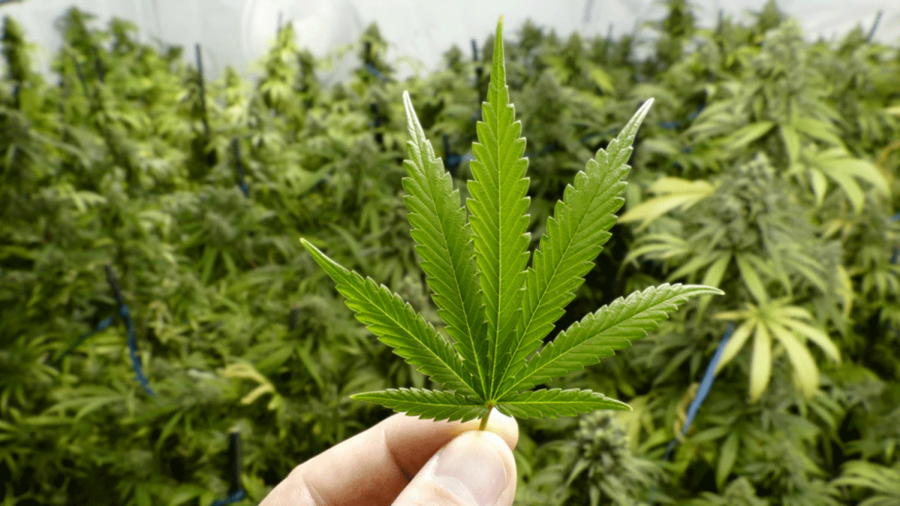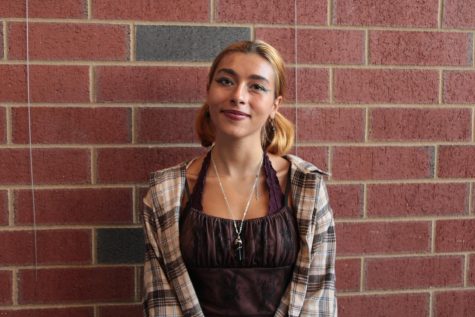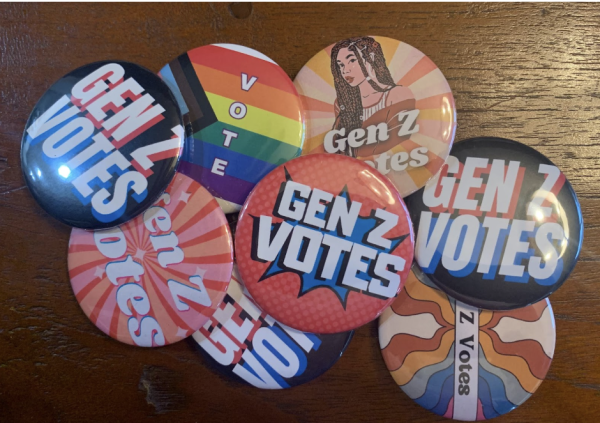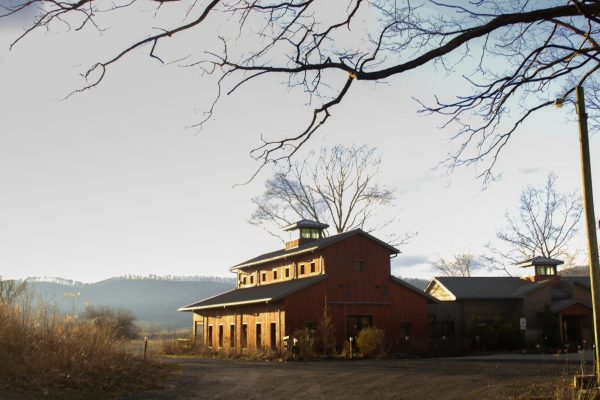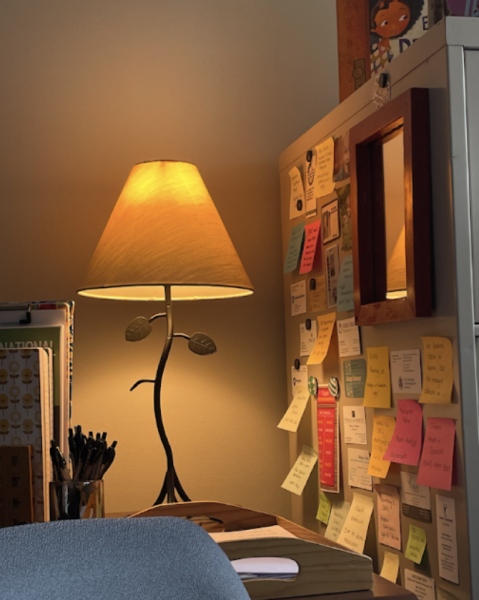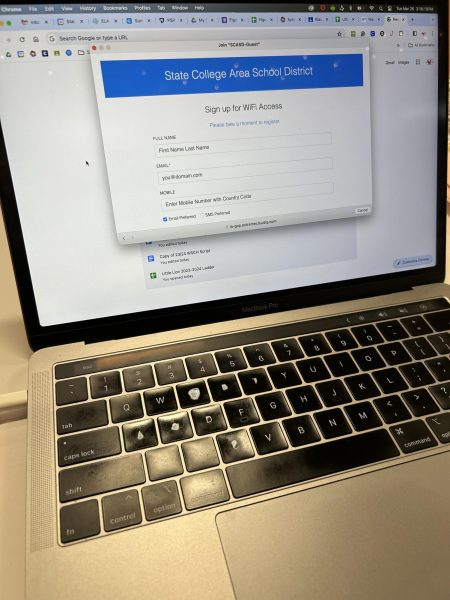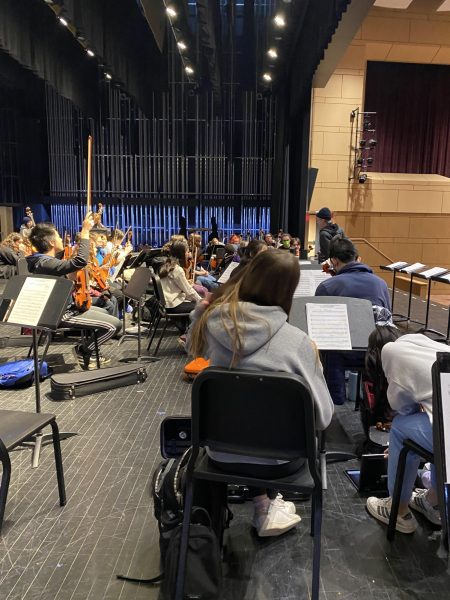Marijuana Legalization is Dangerously Overdue
Photo: OpenRangeStock/iStock/Thinkstock
In the United States, more than one person per minute is arrested for marijuana. The truth is, it doesn’t have to be this way, and it never did. Legalizing marijuana is the first step to reforming the way the country handles drug use.
April 7, 2021
Following the announcement made on Mar. 28 that New York State would be legalizing the recreational use of marijuana, people across the country have been raising questions. For me, the biggest two have been: Why now? Why not sooner? The case for the full decriminalization and legalization of all marijuana use has been being made for years now, yet New York remains one of the few states to allow it. After examining the clear evidence behind the benefits of legalization, it seems only obvious that this is the way to go. Legalization cannot just be reduced to a debate topic or placed on the backburner of agendas in Washington. So long as marijuana remains illegal federally, American lives will continue to be permanently ruined and ended.
First, it’s important to fully understand what exactly legalizing marijuana means. Legalization of both medical and recreational use would mean allowing the production, distribution, sales, and possession of marijuana. When people propose plans of legalization for the US, those plans can take different forms. For example, one party or politician’s model of it might be to carry it out in a very individual way, allowing citizens to grow their own marijuana. Meanwhile, another model might be focused on a much larger scale, like retail sales.
Alaska, Arizona, California, Colorado, Illinois, Maine, Massachusetts, Michigan, Montana, Nevada, New Jersey, Oregon, South Dakota, Vermont, and Washington have all legalized recreational marijuana use but hold different regulations and limits. This can entail limits on how much people can carry on them, have in their house, whether they can grow it, and more. As of right now, although medical marijuana is legal in Pennsylvania, it has not been decriminalized and is not approved for recreational use.
One question to keep in mind when considering the validity of marijuana’s illegality is whether the power to ban it should even be in the hands of the government. The extent to which the government has criminalized and cracked down on marijuana use is a huge power overreach. Why should the government be able to control what someone does to their own body?
This is especially important considering the fact that alcohol and cigarette use are legal in the US. Alcohol often is the cause of destructive, violent behavior, and both alcohol and cigarettes are certainly not less damaging to the body than marijuana. Studies conducted by Penn State University and NORML have found that individuals who drive under the influence of marijuana take fewer risks and are far less dangerous than drunk drivers. This is not to encourage driving high, but to show the inconsistencies of logic in how our country treats the drug.
Why, then, does the government keep it in a Schedule l drug classification, making all forms of the plant illegal federally? President Richard Nixon’s war on drugs is a good place to begin. Since the 1970s, his escalation of police efforts and violence to combat the use of drugs has always had racially-biased impacts. The disproportionate federal reaction to marijuana can be explained by the fact that marijuana arrests are less about the crime and more about the accused. According to the ACLU, Black Americans are much more likely to be arrested for marijuana convictions than their white counterparts, despite using the drug at similar rates. Furthermore, between 2001 and 2010, over eight million marijuana arrests have taken place in the US, AKA one arrest every 37 seconds. With so much of the state’s money and efforts going towards criminal punishment, the natural conclusion would be that it must reduce drug use. That conclusion would be wrong.
Despite the fact that it is illegal under federal law, more than half of the US adult population has tried marijuana according to Britannica. Not only is this criminalization ineffective, it actually increases marijuana use. In states such as Washington and Colorado, where recreational marijuana is allowed, drug use has dropped since legalization. Federal data from The National Survey on Drug Use and Health (SAMHSA) showed in 2016 that Colorado teens between 12 and 17 reported a near 12% drop in just two years after it was legalized. Researchers at the Washington University School of Medicine also found in 2016 that the rates of youth marijuana use are falling, despite the fact that more US states are legalizing marijuana.
The sheer amount of marijuana convictions, even as they prove ineffective at curbing use, are simply meant to fill prisons. It’s no secret that the private prison industry in America is for-profit, and if a certain amount of inmates are not held at one point in time, those industries see financial losses. With a quota to fill and Black and brown people to target, marijuana has become the national excuse and scapegoat. It’s no wonder, then, that legalization and decriminalization have been so passionately resisted by politicians and police forces in the pocket of these industries.
Being pro-marijuana legalization does not have to mean being pro-marijuana use. Those who are concerned about the health effects of drug use on adolescents (or anyone), as well as community well-being, have every reason to lobby for its allowance. Marijuana being regulated by the FDA would only make consumption safer and lead to fewer cases of laced weed, the cause of many hospital trips and deaths. In 2019, a wave of teenage lung damage and a few deaths related to weed vapes caused panic across the country and specifically within concerned parents. However, these incidents stemmed from the dangerous use of fake THC cartridges from off the street. If shady, unregulated groups did not have a monopoly on the market of selling marijuana, these cartridges would not have been produced. Every single one of those deaths could have been avoided.
As a consequence of all of these converging factors, our government’s treatment of marijuana is dangerous. It continues to actively damage and kill people every single day. After all of this, I’m still left with one more question burning in the back of my brain. How many more people will it take?

